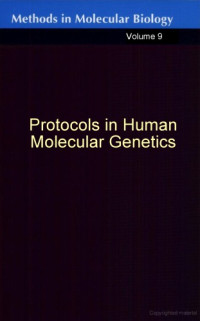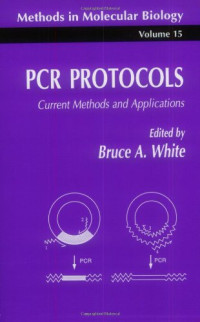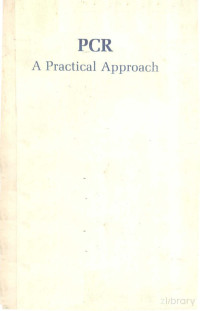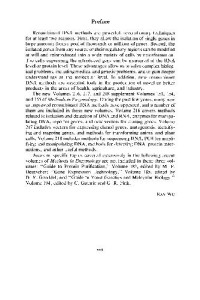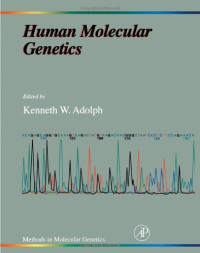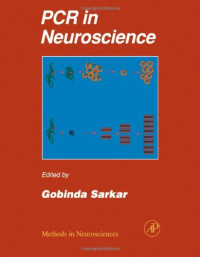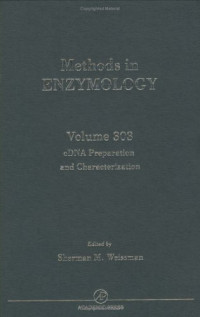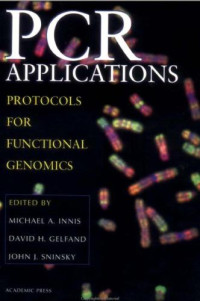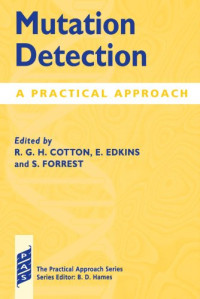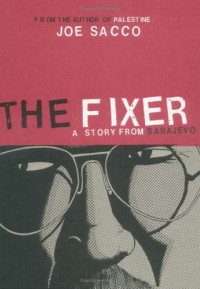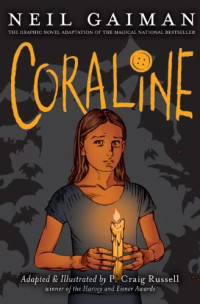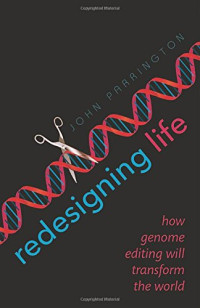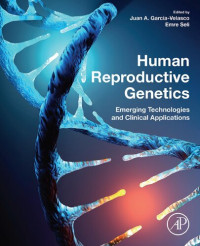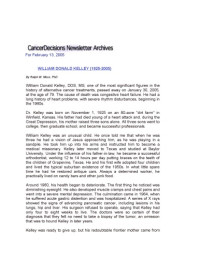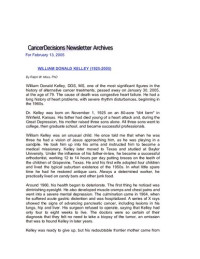
The Polymerase Chain Reaction
Kenshi Hayashi (auth.), Kary B. Mullis, François Ferré, Richard A. Gibbs (eds.)James D. Watson When, in late March of 1953, Francis Crick and I came to write the first Nature paper describing the double helical structure of the DNA molecule, Francis had wanted to include a lengthy discussion of the genetic implications of a molecule whose struc ture we had divined from a minimum of experimental data and on theoretical argu ments based on physical principles. But I felt that this might be tempting fate, given that we had not yet seen the detailed evidence from King's College. Nevertheless, we reached a compromise and decided to include a sentence that pointed to the biological significance of the molecule's key feature-the complementary pairing of the bases. "It has not escaped our notice," Francis wrote, "that the specific pairing that we have postulated immediately suggests a possible copying mechanism for the genetic material." By May, when we were writing the second Nature paper, I was more confident that the proposed structure was at the very least substantially correct, so that this second paper contains a discussion of molecular self-duplication using templates or molds. We pointed out that, as a consequence of base pairing, a DNA molecule has two chains that are complementary to each other. Each chain could then act ". . . as a template for the formation on itself of a new companion chain, so that eventually we shall have two pairs of chains, where we only had one before" and, moreover, " ...
 Amazon
Amazon  Barnes & Noble
Barnes & Noble  Bookshop.org
Bookshop.org  ఫైల్ converter
ఫైల్ converter మరిన్ని శోధన ఫలితాలు
మరిన్ని శోధన ఫలితాలు మరిన్ని ప్రయోజనాలు
మరిన్ని ప్రయోజనాలు 
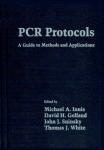


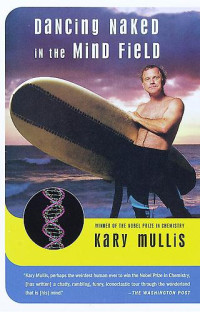
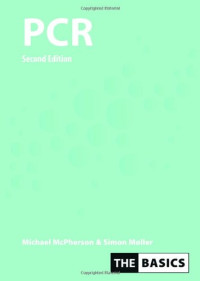

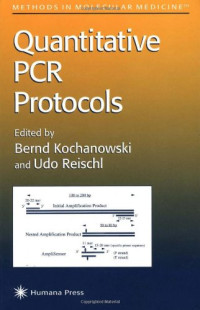
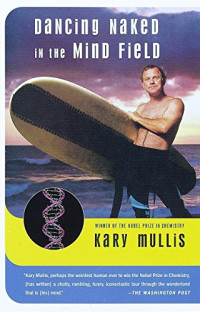
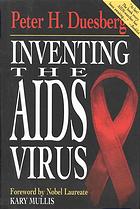
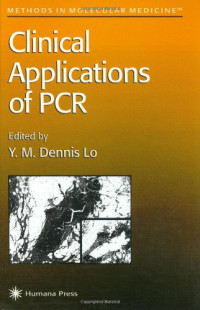

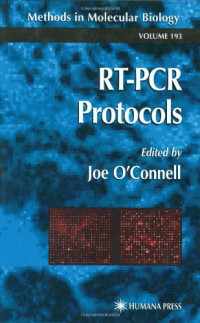
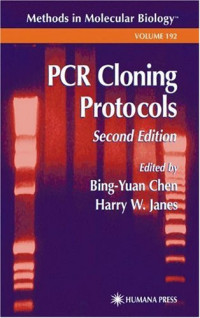

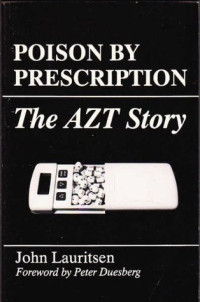

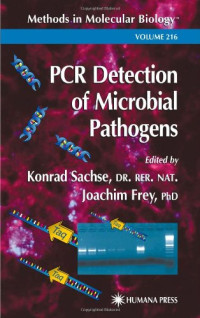
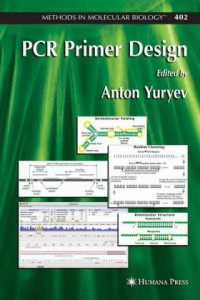

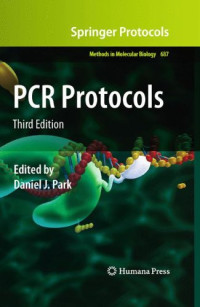

![DAWN LESTER & DAVID PARKER [LESTER, DAWN & PARKER, DAVID] — WHAT REALLY MAKES YOU ILL? - WHY EVERYTHING YOU THOUGHT YOU KNEW ABOUT DISEAS IS WRONG](https://s3proxy.cdn-zlib.se/covers200/collections/userbooks/dd9e34272c44a4335ace59ce3dae1bca8231797390b0532f41af92bf311ced68.jpg)





